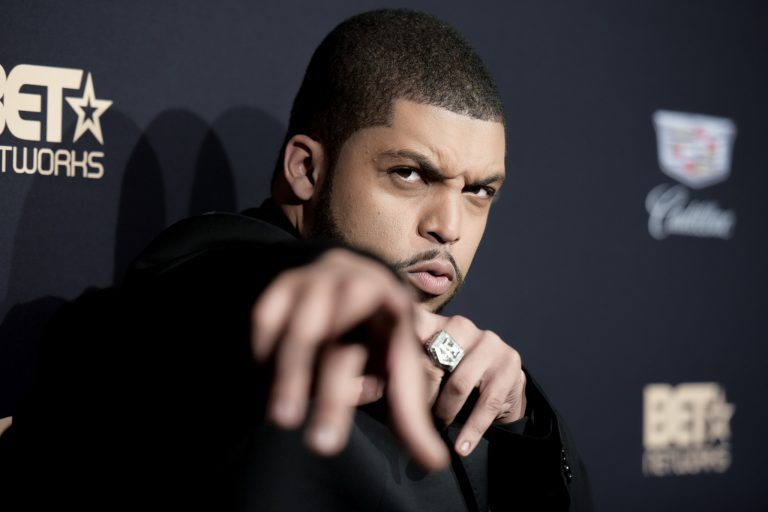
For the past few weeks, Social media has been rife with damning claims that there is a significant lack of diversity in Hollywood, causing the emergence of hashtags like #OscarsSoWhite to appear all over our newsfeeds – but a study published today may have proved the damning claims to be true.
In one of the most extensive reports on diversity Hollywood has ever seen, the Media, Diversity and Social Change Initiative at the University of California’s Annenberg School for Communication and Journalism confirmed that the films and TV programmes produced by major media companies are “whitewashed”, and that an “epidemic of invisibility” seeps through the industry, affecting women, minorities and LGBT people.
Authored by the University’s professor Stacy L. Smith, the analysis found that only 28.3 percent of all speaking characters across 414 films, television and digital episodes in the year 2014-15 were from underrepresented racial/ethnic groups. This is below (-9.6 percent) the proportion in the US population, which currently stands at 37.9 percent.

Via USC Annenberg School for Communication and Journalism.
Approximately 52 percent of all cinematic, television or streaming stories fail to portray one speaking or named Asian or Asian American on screen, while 22 percent failed to do the same for Black or African American speaking characters.
Of the 407 surveyed directors, 87 percent were of White descent. Only two of the 53 underrepresented directors in film and television/digital series were Black women.
Just one third, or 33.5 percent, of the speaking characters surveyed were female, while a mere 15.2 percent of directors and 28.9 percent of writers across film and every episode of television and digital series were female. Less than one quarter, or 22.6 percent, of series creators across broadcast, cable and streaming content were of the female sex.

Via USC Annenberg School for Communication and Journalism.
Only two percent of all speaking characters across the surveyed films, television shows and digital series were coded LGB, while just seven transgender characters featured in the 414 evaluated stories.
The report is the first of its kind, examining 109 major films released in 2014, along with 305 TV and digital series across 31 different networks. Scientists analysed over 11,000 speaking characters for gender, racial and ethnic representation and LGBT status. They also evaluated more than 10,000 directors, writers and show directors, and more than 1,500 media executives.
“This is no mere diversity problem. This is an inclusion crisis,” says Smith. “Over half of the content we examined features no Asian or Asian American characters, and over 20% featured no African-American characters. It is clear that the ecosystem of entertainment is exclusionary.

Via USC Annenberg School for Communication and Journalism.
“This is a landmark study,” Smith concludes. “No one has looked from CEO to every speaking character across film, television and digital content. The results speak to the landscape of media and the erasure of different groups on screen and behind the camera.”
Media outlets are starting to promote the #OscarsSoWhite and I’m starting to tune out …I’m serious about #NotWatchingTheOscars2016
— Dashgne (@Dashgne1) February 22, 2016
Straight outta Compton nominated for best screenplay. The writers are white. #OscarsSoWhite
— shay kelly (@shayTJkelly) February 13, 2016
Are Actresses & Female Directors Modern-Day Suffragettes For Women In Hollywood? – #inspire #empower #feminism https://t.co/NtCNmubqny
— GirlTalkHQ (@GirlTalkHQ) February 13, 2016
#OscarsSoWhite #HillaryValentines #PotusSoMale Why no woman in 240 years?! 1. Periods. 2. Patriarchy. 3. Men do it SO WELL. 4. Any ideas?
— AngeCour (@POTUSsoMALE) February 13, 2016
“More white women have won Oscars for Best Actress for playing an Asian character than Asian women have.”
…WTF#OscarsSoWhite
— Alessandra Morgan (@tinyasterisms) February 12, 2016
Additional reporting by USC Annenberg School for Communication and Journalism.
Image via AP Images.







